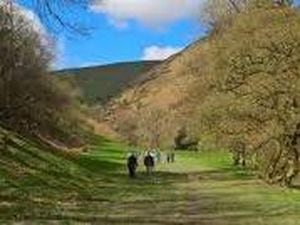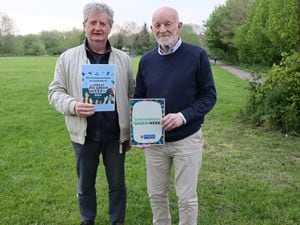Shropshire has lost 1,500 miles of walking routes over the last century
More than 1,500 miles of public footpaths and rights of way have disappeared in Shropshire over the past century, new figures show.

Analysis by the Ramblers – a charity for walkers – has carried out extensive analysis of how footpaths have changed over the past century.
The charity found by comparing historical and contemporary maps, they estimated 1,596 miles of protected footpath has been lost in the former Shropshire area since the turn of the 20th century.
Further research from the Ramblers and the New Economics Foundation think tank showed the average postcode in Shropshire has found kilometres of footpaths, bridleways and other walking routes within a 10-minute walk. The average English postcode has around 2,700 metres.
And figures from the Department for Transport show 61 per cent of Shropshire residents walked for leisure at least once a week last year – higher than the England average of 56 per cent.
Jack Cornish, head of paths at the Ramblers, said readily available walking routes can have a "massive impact" on health outcomes and has called for a £650 million investment in paths across England and Wales – which he said could pay dividends in improving the nation's health.
He added that in total, nearly 50,000 miles of public right of way have been lost over the past century across the nation.
A spokesperson for the Department for the Environment, Food and Rural Affairs said: "We are committed to increasing access to nature and our Environmental Improvement Plan sets out our ambition for every household to be within a 15-minute walk of a green or blue space.
"We are working to reduce other barriers preventing people from accessing green and blue spaces, including through our £14.5 million ‘Access for All’ programme which includes a package of targeted measures to make our protected landscapes, national trails and wider countryside more accessible for all communities."





